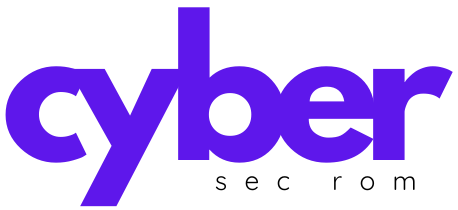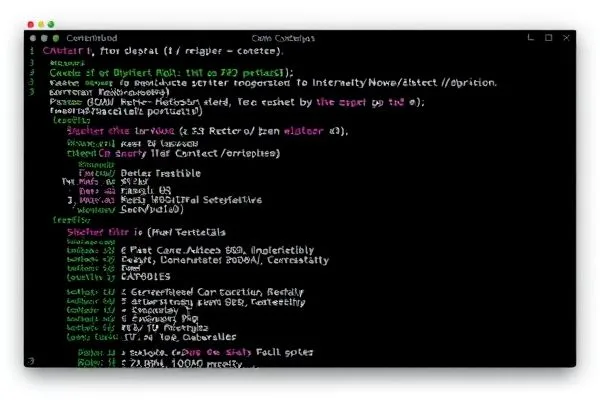As cyber threats evolve, understanding the implications of malicious npm packages is critical for app developers. This article explores the emergence of these problematic packages in the npm registry and outlines key strategies developers can adopt to safeguard their projects from such threats.
Key Takeaways:
- ✅ Malicious npm packages pose significant risks to application security.
- ✅ Continuous auditing of dependencies is essential.
- ✅ Developer education on security best practices is crucial.
- ✅ Employing trusted sources reduces vulnerabilities.
Recent incidents involving the malicious packages ethers-provider2 and ethers-providerz illustrate the evolving tactics in software supply chain attacks. These packages exploit the widely-used ethers library, injecting harmful code that facilitates unauthorized remote access to systems via reverse shells.
Research from ReversingLabs has determined that ethers-provider2 operates as a trojanized version of the legitimate ssh2 package, downloading additional malware from a remote server while compromising the local ethers package. This capability enables persistent access that complicates response efforts after initial compromises.
To effectively combat these malicious threats, developers must take proactive measures surrounding the selection and management of third-party packages. Implementing regular dependency audits and source verification is crucial to mitigate risks.
To strengthen defenses against malicious npm packages, developers should consider these strategies:
- ✔️ Conduct regular audits of application dependencies.
- ✔️ Utilize monitoring tools to detect unauthorized changes.
- ✔️ Educate teams on cybersecurity best practices to improve awareness.
- ✔️ Reference resources such as CyberSecRom for IT security guidance.
- ✔️ Stay informed about security discussions and updates in the community through sources like this link.
In conclusion, the threat of malicious npm packages underlines the necessity for robust security practices in software development. By prioritizing proactive measures and promoting a security-conscious culture, developers can significantly decrease their risk exposure to vulnerabilities.
Frequently Asked Questions:
- What are supply chain attacks? These attacks exploit vulnerabilities within third-party packages to insert malicious code into software.
- How do I identify malicious npm packages? Perform thorough audits, utilize security tools, and verify sources regularly.
- Is the npm registry completely secure? While generally safe, not all packages are vetted, making caution essential.
- What steps can I take to enhance security in my development processes? Implement strict access controls, conduct ongoing scans, and foster cybersecurity awareness in your team.









